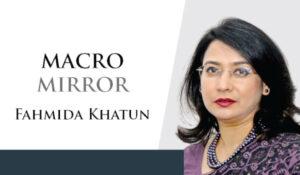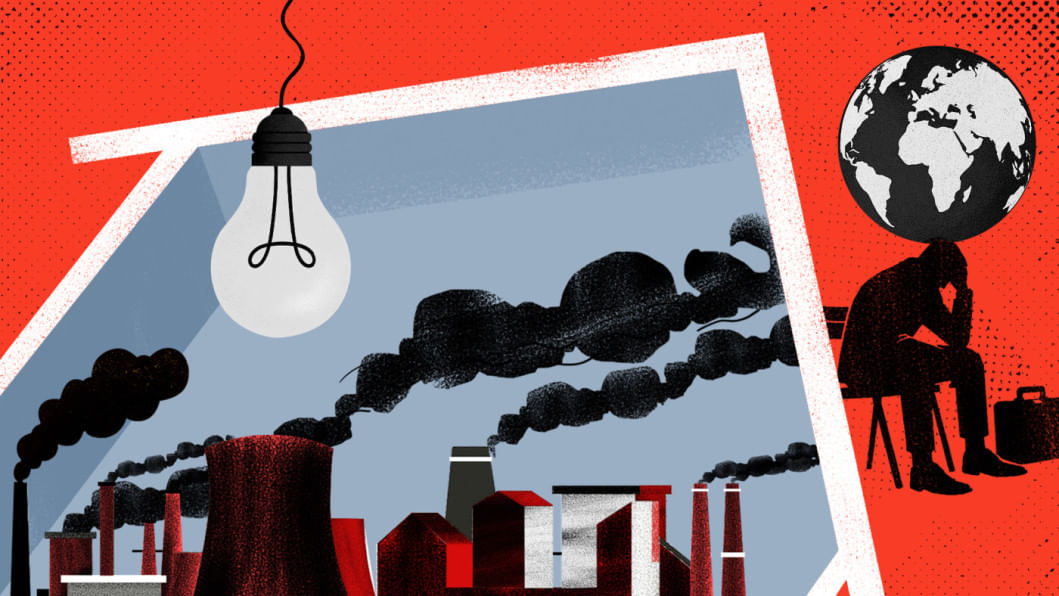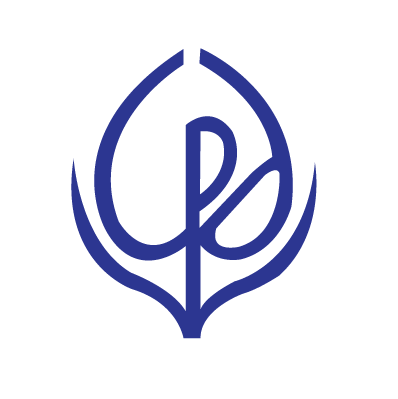Originally posted in The Daily Star on 7 October 2025
 As the world gears up for the 30th Conference of the Parties (COP 30) to the United Nations Framework Convention on Climate Change (UNFCCC), scheduled to be held in Brazil next month, Bangladesh has renewed its climate pledge through the submission of its Third Nationally Determined Contribution (NDC 3.0). NDCs are national plans through which countries outline their commitments under the Paris Climate Agreement. Bangladesh had earlier submitted two NDCs, the first in 2015 and the second in 2021.
As the world gears up for the 30th Conference of the Parties (COP 30) to the United Nations Framework Convention on Climate Change (UNFCCC), scheduled to be held in Brazil next month, Bangladesh has renewed its climate pledge through the submission of its Third Nationally Determined Contribution (NDC 3.0). NDCs are national plans through which countries outline their commitments under the Paris Climate Agreement. Bangladesh had earlier submitted two NDCs, the first in 2015 and the second in 2021.
NDC 2.0 committed to reducing greenhouse gas (GHG) emissions by 6.7 percent from the business-as-usual (BAU) level of base year 2012 on an unconditional basis. In addition, it pledged a further 15.12 percent reduction below BAU, conditional on international financial and technical support. These targets covered emissions from sectors or areas such as energy; agriculture, forestry and other land use; livestock; industrial processes and product use; and waste management.
The new submission extends Bangladesh’s mitigation horizon to 2035, as opposed to 2030 in NDC 2.0, and introduces updated emission-reduction targets. It also presents a wider integration of socio-economic priorities into the climate policy. For a country responsible for less than half a percent of global GHG emissions but suffering acutely from floods, heatwaves, and sea-level rise, this represents both a moral statement and a strategic exercise in national resilience.

As with the first and second NDCs, the third also makes a dual-track commitment. First, an unconditional reduction of 6.39 percent of CO₂ equivalent (CO₂eq) emissions from the BAU level by 2035, with 2022 set as the baseline year; and second, an additional 13.92 percent CO₂eq reduction conditional on international finance, technology, and capacity support. Thus, Bangladesh’s total emission reduction target by 2035 stands at 20.31 percent from the BAU level. The BAU projection for 2035 is roughly 418 million tonnes of CO₂eq, meaning the projected reduction will amount to 84.97 million tonnes if both unconditional and conditional targets are achieved.
A major feature of NDC 3.0 is that energy remains the focal point. Bangladesh pledges to reduce emissions from energy sources by 26.46 percent by 2035. Smaller but significant targets have been set for industry (7.71 percent), agriculture and forestry (11.46 percent), and waste (5.06 percent). The NDC also stresses that financing will be the hinge of its implementation. This is important, as without a clear financing pathway even the best-crafted commitments risk remaining aspirational. The plan’s implementation will cost about $116.8 billion over the next decade; of this, $25.95 billion will be from domestic sources and $90.23 billion from external sources.
As stated above, NDC 3.0 pushes the horizon five years ahead and, crucially, signals that emissions should peak around 2029-2030 before declining. It also introduces cross-cutting priorities such as gender equality, youth participation, and a just transition. Structurally, NDC 3.0 is more data-driven and grounded in measurable indicators. One of its strengths is a clearer energy vision compared to previous submissions, setting specific numeric targets for renewable energy and efficiency. These provide predictability for investors and utilities, while commitments to curb grid losses and expand solar and wind energy mark a tangible policy shift.
Moreover, as before, the new NDC adopts a broader sectoral reach, transforming climate planning into an economy-wide agenda. Proposed actions on methane control, waste-to-energy conversion, and reforestation could yield relatively low-cost emission savings. Another positive feature is the application of a social lens to climate action: by linking decarbonisation with jobs, reskilling, and social protection, NDC 3.0 places human welfare at its centre. Recognition of women and youth as active agents of the transition enhances both legitimacy and inclusiveness.
Additionally, the new NDC presents innovative financing options to achieve its targets. It references green bonds, blended finance, and carbon-market participation under Article 6 of the Paris Agreement, signalling a more sophisticated approach to mobilising capital beyond traditional aid. However, there is limited self-financed ambition, which is understandable in the context of low domestic resource mobilisation and competing fiscal priorities. Even so, efforts must be strengthened to mobilise more resources through the private sector and innovative financial mechanisms. Nearly three-quarters of the NDC’s target hinges on international support. Hence, if global funding falters, the conditional pledges will remain unfulfilled.
Another thing about financing is that is requires coordination. Mobilising the total implementation cost of $116.8 billion will definitely test the government’s institutional capacity. As climate action is inherently cross-cutting, spreading across multiple ministries, a strong coordinating body will be essential to ensure effective delivery.
For a low-emitting country like Bangladesh, the emission targets should remain realistic and not be compared with those of developing or developed countries that emit more but also possess greater financial and technical capacity. However, as our economic activities expand, emissions are likely to rise, making stronger energy efficiency measures crucial to meeting the targets. Renewables currently supply less than 5 percent of total generation, so achieving the 25 percent target by 2035 will require large-scale investment in land, grids and storage. Our policymakers must be mindful that ongoing expansion of LNG and gas infrastructure could undermine NDC objectives.
Moreover, stronger actions are necessary to address methane and waste management gaps, particularly through improved processes and technology in rice farming and livestock feeding. Agriculture and waste measures currently lack details on implementation incentives, data collection, and monitoring, which are crucial for verifiable reductions. To support a just transition, the government must invest in skills training, social protection, and green entrepreneurship to ensure that no community is left behind in the low-carbon shift.
Overall, NDC 3.0 reflects pragmatic ambition, whose success will hinge on effective delivery. Embedding the NDC within national development planning, linking it to jobs and investment, and maintaining transparent progress reporting will determine its credibility. Bangladesh has long stood as a strong moral voice for climate justice. If it can now pair that voice with tangible implementation of its commitments, it will offer the world a new model of climate-responsible development—a proof that even the most climate-vulnerable nations can pursue prosperity without compromising the planet.
Dr Fahmida Khatun is executive director at the Centre for Policy Dialogue (CPD). Views expressed in this article are the author’s own. Views expressed in this article are the author’s own.



